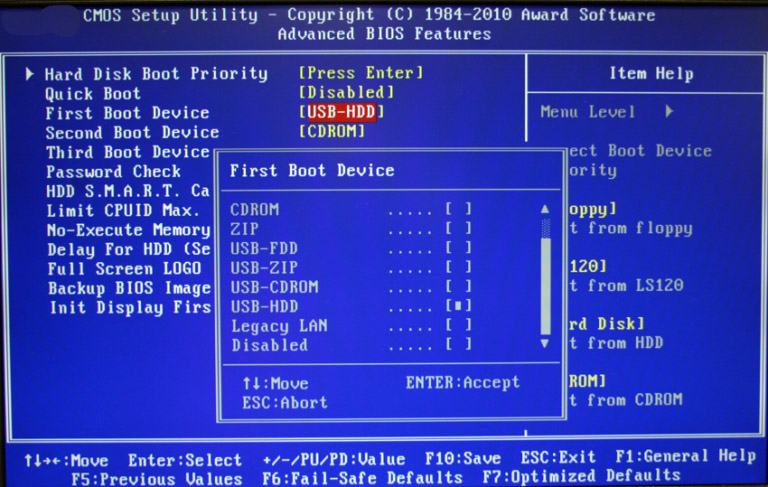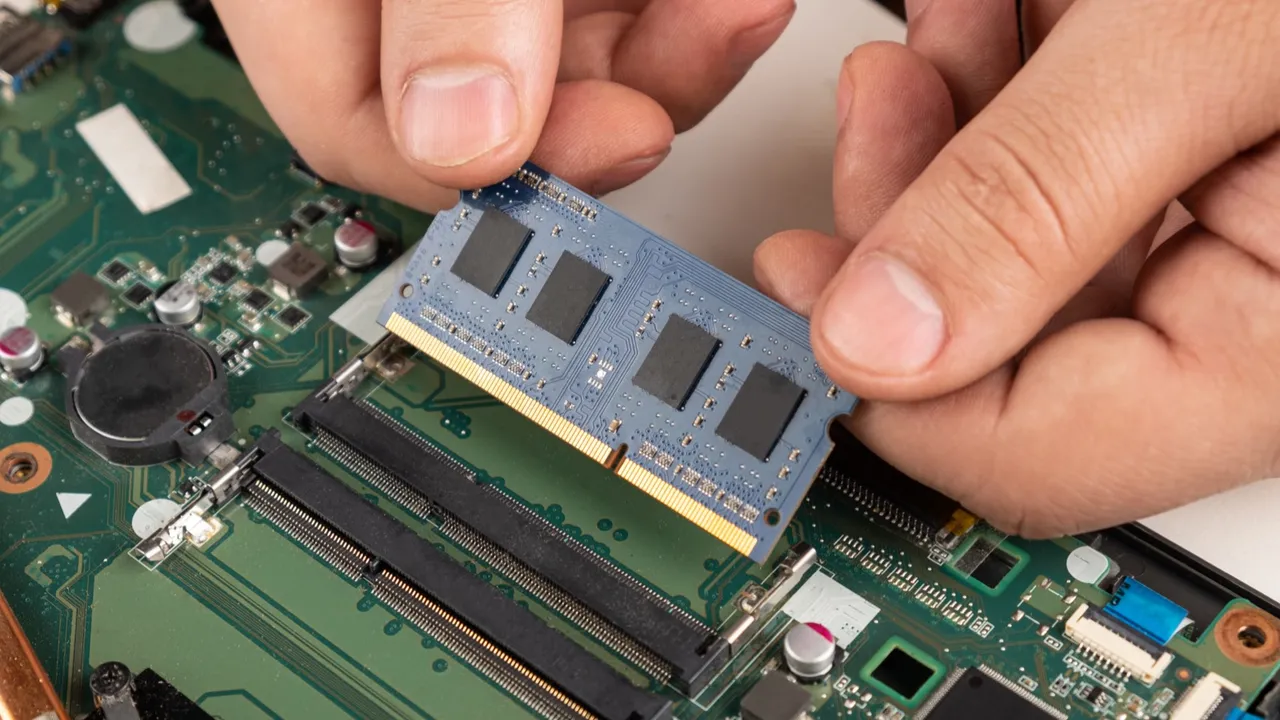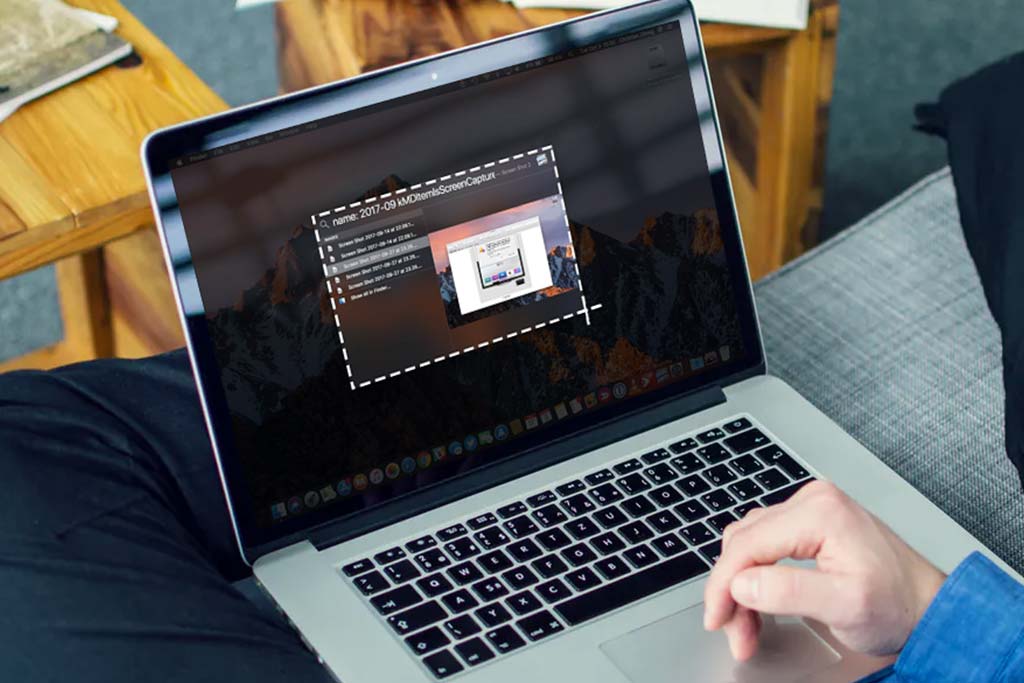How to enter BIOS settings on Windows?
Welcome to visit Blackview (Supplying budget mini PC and laptop computer, etc.) blog. Hope the guide helps.
BIOS (Basic Input/Output System) is a firmware embedded in a chip on your computer's motherboard. It’s responsible for initializing and managing the hardware components when your computer powers on, before handing control over to the operating system.

What is BIOS Used For?
Booting the System:
BIOS checks and initializes all the system hardware (such as CPU, RAM, and storage drives) when the computer starts up. This process is known as the Power-On Self-Test (POST).
It then loads the operating system from the storage device (like a hard drive or SSD) to start your computer.
Hardware Configuration:
BIOS allows you to configure various system settings related to hardware, including:
- Boot order: The sequence of devices your system checks for an operating system.
- CPU settings: Adjusting processor performance options.
- RAM settings: Managing memory timings and frequencies.
- Storage devices: Managing the configuration of hard drives and SSDs.
Enabling/Disabling Components:
In BIOS, you can enable or disable integrated hardware like USB ports, network adapters, or onboard graphics.
System Security:
BIOS can be used to set passwords for the system, adding an extra layer of security to prevent unauthorized access.
It may include additional security features like Secure Boot, which ensures the system only loads trusted operating systems.
Overclocking:
Overclocking is usually suitable for computer enthusiasts with a certain level of basic skills. On many systems, BIOS allows users to overclock their CPU or GPU for improved performance by adjusting voltage and frequency settings.
System Monitoring:
BIOS also provides real-time information about the system's health, such as temperature readings, fan speeds, and voltage levels, which helps maintain stability and prevent overheating. Extending reading: How high is the temperature while the CPU overheating?
How to enter BIOS settings?
- Restart the Computer
- Watch for the Initial Boot Screen
- Press the BIOS Key
- Wait for the BIOS Menu
- Configure system settings
- Save and Exit
Here are the detailed steps:
1. Restart Your Computer:
If your computer is on, you can either restart it or turn it off and then turn it back on.
2. Watch for the Initial Boot Screen:
As soon as your computer powers on, you'll see the manufacturer’s logo (like Dell, HP, ASUS, etc.). You need to act quickly during this stage.
3. Press the BIOS Key:
While the logo is still visible, repeatedly press the key that lets you access the BIOS. Common keys include:
- F2 (Dell, ASUS)
- F10 (HP)
- F12 (Some PCs)
- Esc or Del (Lenovo, ASUS)
Note: The correct key may be shown on the screen, or you can check your computer’s manual.
4. Wait for the BIOS Menu:
If done correctly, the BIOS menu will appear. Here, you can configure your system settings like boot order, system time, etc.
5. Configure system settings
Configure system settings according to your needs like set system time, CPU clocks, and more.
6. Save and Exit:
After making changes (if needed), follow the prompts to save your settings (usually F10 to Save and Exit), and your computer will restart with the new settings.
That's the full process to enter BIOS in your computer.
Read also,





